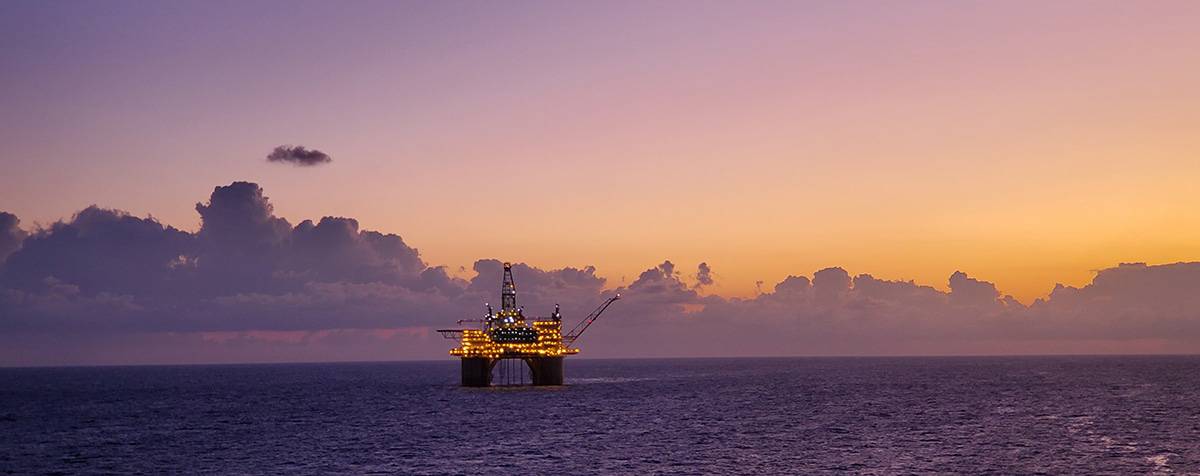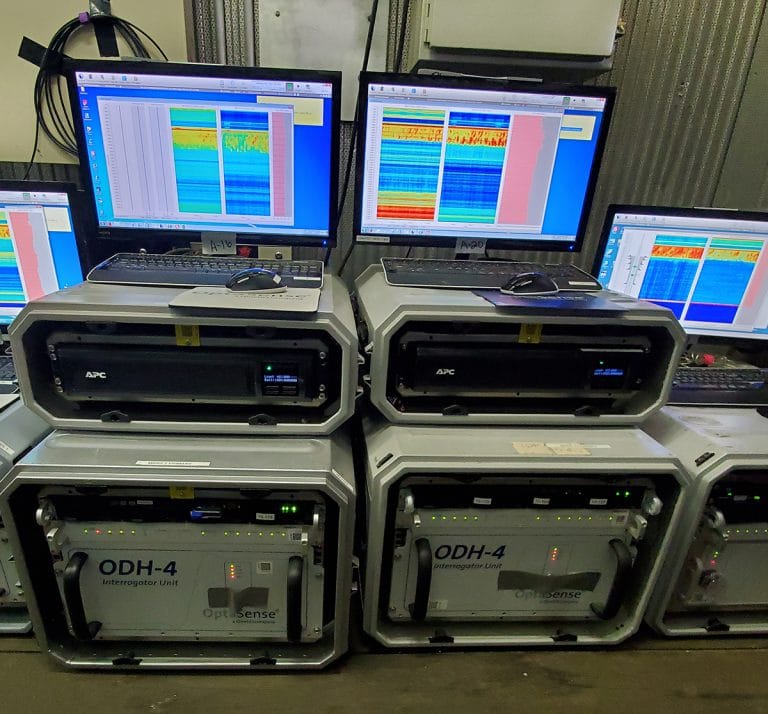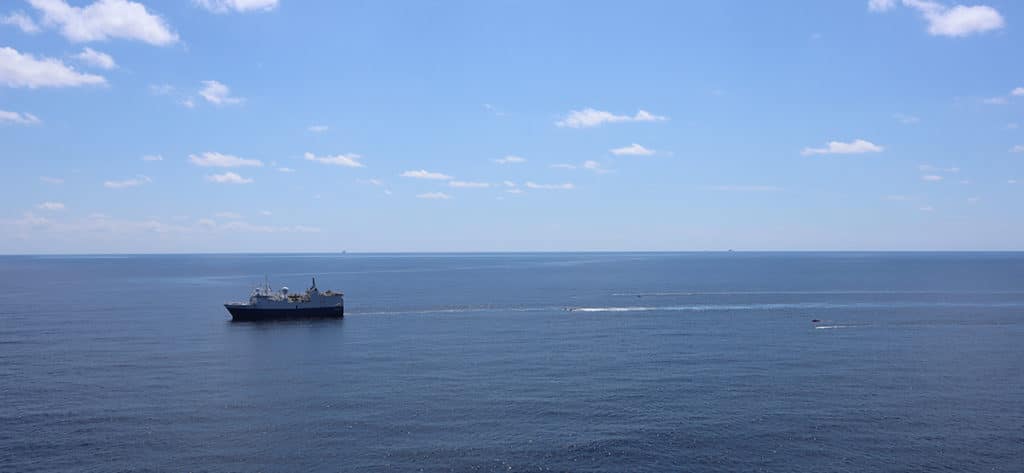CASE STUDY
OptaSense Delivers Effective Monitoring Solution to Optimize Reservoir Production

Deepwater Gulf of Mexico Time Lapse Seismic Acquisition
Problem:
- High cost of conventional seismic data acquistion
- Extensive timelapse between surveys
- Inconsistent and poor quality images near and under salt flanks
- Costs and risk associated with need for manned monitoring and recording systems
Solution:
- OptaSense Distributed Acoustic Sensing Vertical Seismic Profiling (DAS VSP)
– Repeatable, high resolution imaging
– Fully automated notification and health monitoring
– Remote monitoring capability
Value Delivered:
- Lower costs with increased data acquisition frequency
- Greater understanding of reservoir response
- Reduced HSE risk
The Challenge
In today’s volatile energy climate, it’s critical for Operators to minimize cost exposure while maximizing production. The high costs associated with offshore fields only magnifies the need to make intelligent, data-driven business decisions about their deepwater asset.
In order to gather necessary seismic information about the reservoir, conventional reduced-size ocean bottom node (OBN) surveys are often used. These surveys can be extremely expensive, sometimes making it cost prohibitive to acquire surveys on frequent basis. These extended periods between OBN acquisitions can be too long for proper surveillance.
An oil and gas operator in the Gulf of Mexico needed a more cost-effective solution for gathering seismic data with greater frequency.
The Solution
Distributed acoustic sensing vertical seismic profiles (DAS VSPs) can provide a lower cost option than conventional OBN surveys. The DAS VSPs surveys enable frequent monitoring to observe water injector startup, and sweep performance for decisions on well-rate control, well treatment planning and optimized placement of infill wells.
OptaSense was chosen to provide frequent time-lapse 3D DAS VSPs for detailed tracking of the water-flood as part of the operator’s enhanced oil recovery technique to optimize production in two reservoirs.
Performing time-lapse seismic acquisition is an operation that requires attention to detail and engagement with a trusted service provider. The operator turned to OptaSense for precise and reliable DAS instruments, field services and technical support for safe and quality operations. The program to date has consisted of DAS VSPs performed on 6 wells, across 3 offshore facilities, spanning 7 years and collecting 19 datasets. OptaSense was chosen to support this important reservoir surveillance project based on safe work procedures, personnel experience in seismic surveys and leading DAS technology.
OptaSense also streamlined services and reduced HSE risk by delivering a fully automated notification and cloud-based health monitoring for DAS recording systems. With proven high system uptime and remote real-time health status capability, the recording systems operated unmanned with daily quality control of shot records performed remotely.

Delivered Value
Based on the OptaSense acquired seismic data, the operator was successful in predicting the timing of water arrival in a producer and observed new water injection patterns that were important for understanding reservoir response to the applied water-flood. The ability to use frequent DAS VSP surveys allows the operator to further reduce costs by supplanting expensive OBN surveys with lower cost DAS VSP surveys.
Besides the business objectives, the program achieved noteworthy technical success. Time-lapse repeatability of OptaSense’s DAS seismic images was determined by the operator to be excellent, despite the difficult acquisition conditions. The difficult conditions that were overcome included significant well deviations, high environmental noise from injection or production and long multimode optical fibers. The high-quality data also led the group to successfully test smaller sources, reducing seismic source effort by a factor of four over OBN, to further lower costs.
The program helped the operator characterize all stages of a water-flood and the operator now views the technology as integral for proactive reservoir and well management, influencing new well targeting and building more predictive reservoir models.

For more information, please contact your OptaSense representative or visit OptaSense’s Seismic Acquisition and Processing services page.

